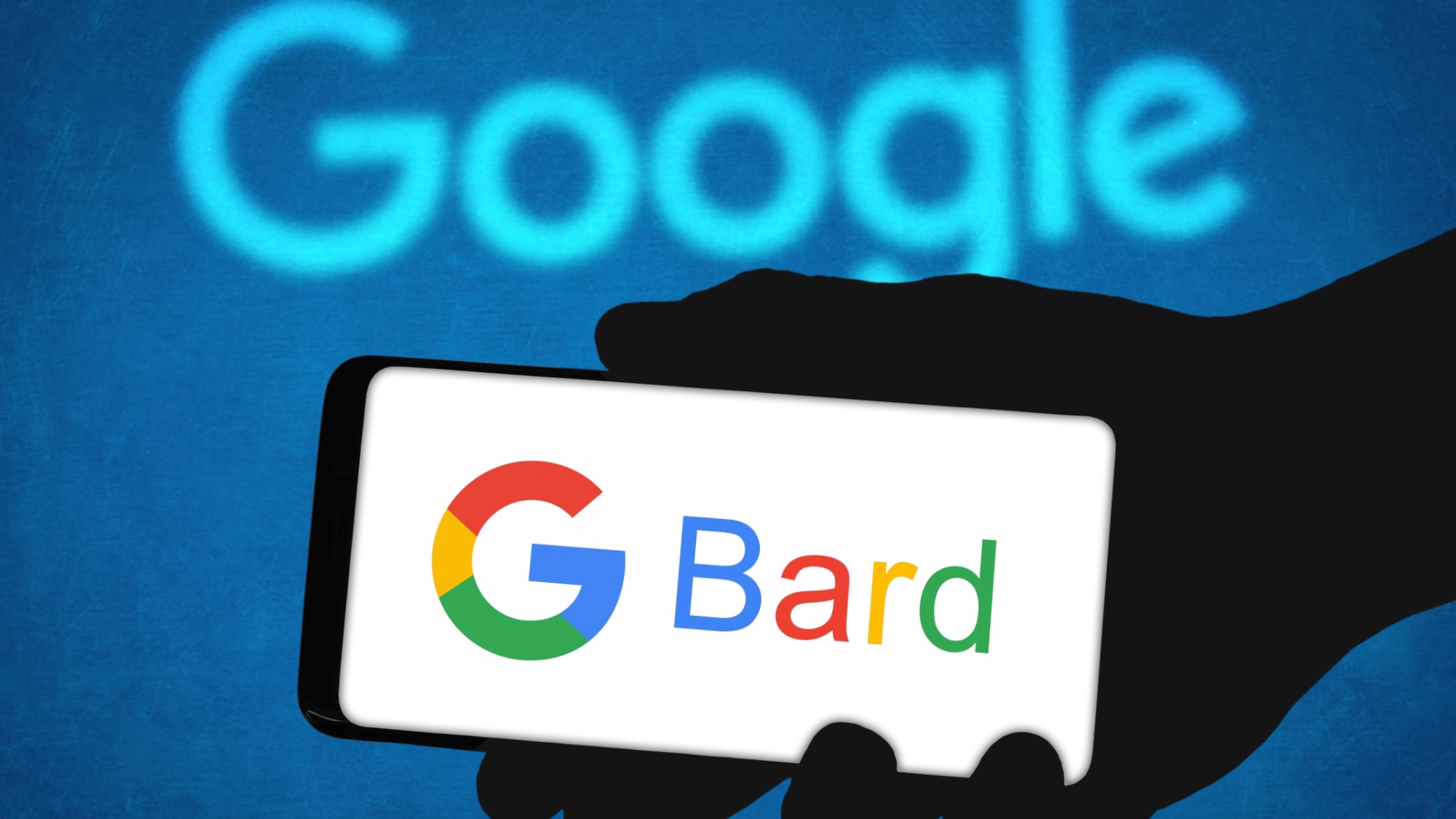Google Bard just got smarter to fight ChatGPT — the AI race is on

Google Bard has been available to the public for less than a month but is already set to receive a sizeable upgrade. Yup, the AI race between Bard and the new Bing with ChatGPT is well underway.
The upgrade in question has seen Bard’s more basic LaMDA (Language Model for Dialogue Applications) model integrated with Google’s heavyweight PaLM (Pathways Language Model) model that boasts improved capabilities and a whopping 540 billion language parameters, in comparison, LaMDA only features 137 billion.
Google Bard upgrades
In a tweet, Google’s own Jack Krawczyk explained that the integration of PaLM will bring improved logic and math capabilities and in time, better coding features.
Krawczyk said: “Bard will better understand and respond to your prompts for multi-step word and math problems, with coding coming soon.”
Considering Bard doesn’t have a turn limit for conversations like Bing, Google needs to be confident that longer conversations won’t throw the AI off and improving the framework of the model is a great way to do this.
So what does that mean? Now Bard will better understand and respond to your prompts for multi-step word and math problems, with coding coming soon. This improvement makes Bard even more useful to people using it. 2/March 31, 2023
In our comparisons of Bard vs Bing with Chat GPT we found its level of detail impressive but were concerned by factual errors, particularly in response to the question that cost Google $100 billion and when we asked it to review the Samsung Galaxy S23 Ultra. Since these responses were before PaLM’s integration on March 31, we asked them again.
While it still made the same mistake when asked “What captured the first image of a planet outside our solar system?” the AI did at least improve its review of the Samsung Galaxy S23 Ultra. It fixed the inaccuracies in camera specs that it reported before now correctly describing that “It has a quad-lens setup on the back, with a 200-megapixel main sensor, a 12-megapixel ultra-wide sensor, a 10-megapixel telephoto sensor, and a 10- megapixel periscope telephoto sensor.” Overall this is a step in the right direction.
Get instant access to breaking news, the hottest reviews, great deals and helpful tips.
The ability to plug in new models so quickly shows just how quickly an AI can grow in capability. With reports that GPT5 could reach human-level intelligence, Google must not be that far behind.
More from Tom's Guide
- I ditched Google for Bing with ChatGPT for a month — here's what happened
- 5 Best AI image generators — tested and compared
- How to use the new Bing with ChatGPT — and what you can do with it
Andy is a freelance writer with a passion for streaming and VPNs. Based in the U.K., he originally cut his teeth at Tom's Guide as a Trainee Writer before moving to cover all things tech and streaming at T3. Outside of work, his passions are movies, football (soccer) and Formula 1. He is also something of an amateur screenwriter having studied creative writing at university.
